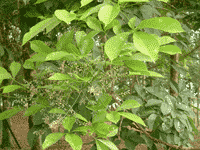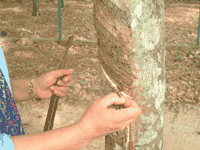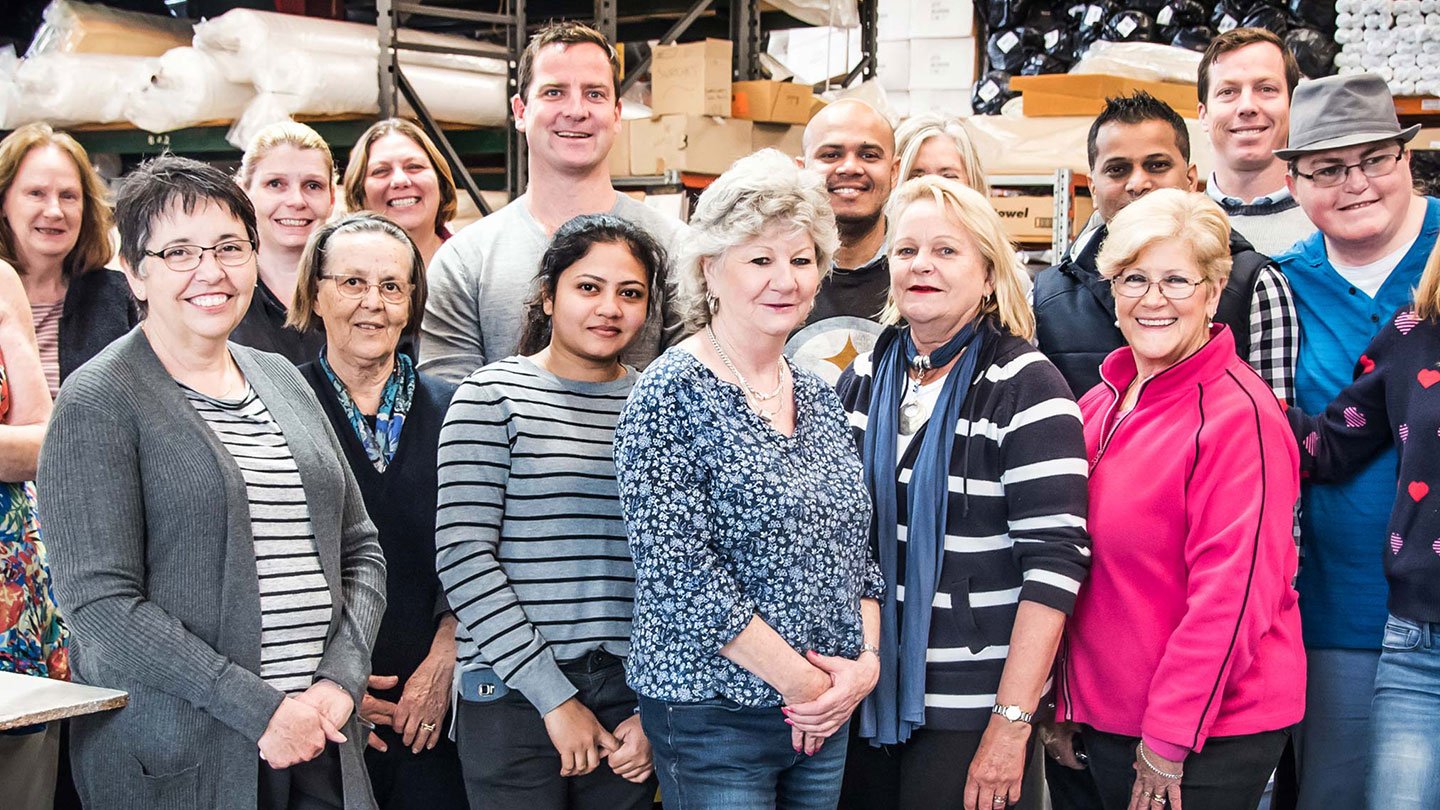When it comes to eco-friendliness, biodegradability, and sustainability, latex rubber stands out as a prime choice.
This remarkable material is derived from the milk or sap of the Heavea braziliensis tree, which thrives in plantations across Thailand, Vietnam, Indonesia, and Malaysia.
Historically, Malaysia was the world's largest producer of natural latex, but recent decades have seen shifts in plantation landscapes, primarily due to palm oil cultivation. Nevertheless, the demand for latex has encouraged other Asian countries, including China, to embrace the cultivation of Heavea Braziliensis.
So, what makes latex foam rubber such a sought-after material? Let's delve into its exceptional qualities and explore its applications, including Naturelle Latex Pillows, Naturelle Mattress Toppers, and Naturelle Children's Pillows.
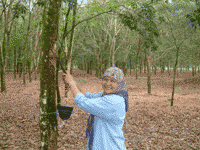
Unlocking the Essence of Latex Foam Rubber
Eco-Friendly and Sustainable
Latex rubber earns its eco-friendly badge by being a bio-degradable and sustainable material. The harvesting process involves tapping the sap of Heavea braziliensis trees, which are strategically grown in tropical regions. This method ensures a consistent and renewable latex source.
One of latex's most prominent attributes is its ability to diffuse pressure effectively. Inside its structure, thousands of interconnecting cells facilitate even dispersion of weight and load. This unique feature contributes to its remarkable longevity, making it a reliable choice for comfort and support over many years. While it softens gradually with use, it tends to outlast synthetic foam counterparts.

Harnessing Latex's Anti-Bacterial Powers
A Natural Barrier Against Microbes
Pure latex boasts non-toxic properties and is free from contaminants. What sets it apart is its natural bacterial repellent, which inhibits the growth of harmful bacteria and fungi. This inherent quality creates an environment hostile to dust mites, enhancing the overall hygiene of latex products.
How is latex produced?
Our natural rubber is produced in Malaysia, where trees are tapped for latex by cutting a spiral groove in the bark and placing a spout and collection cup at the base.
One week of daily harvesting from 30 rubber trees produces enough latex for just one pillow!
The latex industry started in Malaysia when 9 plants were brought in from Brazil.
Malaysian Rubber Board is backed by years of R&D (established in 1925).
One of the areas of research is in the production of new clones for rubber trees. Clones are grown for 15 years in different areas before they are used for buds.
Latex production has been declining in Malaysia recently and is now 1.3 million hectares. Now 80% of small farmers with an average of 2.5 hectares on each farm.
The life span of latex rubber trees
Rubber trees have a life span of 25-30 years.
After 25 years of latex extraction the trunk of the tree is used for furniture production and the branches are used for fibre board.
The tree trunk provides a medium-density wood that is kiln-dried.
The rubber tree is deciduous losing all its leaves in January during a hot dry spell. With the new leaves come the flowers then the fruit. The green fruit slowly turns brown and on a hot afternoon between July and Sept, you can hear the cracking sound as the seed explodes from the fruit. This time is known as "Seed Fall".
Because seeds rapidly lose their viability if exposed to sun and rain the seeds are collected and put into a cold store or into a germination bed.
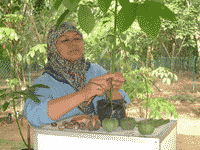
Latex seed germination
Seed germination takes 7-10 days
Moved to polybag
Green bud graft at 600mm.
The seed provides the rootstock and the graft provides the tree.
Green buds for grafting come from bush nurseries).
Grafting the rubber tree
When the seedling is 3 months old using the standard grafting technique a small patch is removed from the seedling and a green bud is grafted on and bandaged.
The graft is left for 1 month if the graft is successful the patch is green. The polythene bandage is removed and the tree is cut back. The seedling remains in the nursery for 2 stages of leaf and then planted out (about 6 months). Planting rate of 400 trees per hectare.
Latex tree extraction
Starts when the tree is 4-5 years old (when it is 45cm / 17" in circumference).
The tapping panel is a half spiral, starting about 150cm / 60" from the ground (about the height of the tapper). Each incision is 1-2mm
Change the sides of the tree every 5 years. 25 year cycle is:
- Cut down from left to right – Front (5 years)
- Cut down from left to right – Back (5 years)
- Cut down from left to right – Front (5 years)
- Cut down from left to right – Back (5 years)
- Upward tapping – (5 years)
Tapping the rubber tree for its sap
Tapping is done early in the morning as long as it's not raining or the trees are not wet. (Maybe 100 out of 365 days a year).
A tapper taps 500 trees in about 3-3 ½ hours has a break and then collects the latex after 4-5 hours after tapping. After 4-5 hours the latex vessels become blocked and the latex coagulates leaving a white strip of latex on the tree. This is known as "Tree lace"
After 4-5 hours the latex vessels become blocked and the latex coagulates leaving a white strip of latex on the tree. This is known as "Tree lace"
Latex vessels run down from right to left and tapping is down from left to right to maximise production which is usually about ½ cup of latex which is 30-35% rubber and the rest is water. Trees produce their best yields in the first 5 years.

Caring for Your Latex Foam
Preserving Its Lifespan
To extend the life of your latex products, it's essential to follow proper care instructions. Here are some guidelines to keep in mind:
Avoid Immersion: Never immerse latex in water, as it can be challenging to dry completely. Water may penetrate the internal network of cells, making it virtually impossible to remove.
Gentle Cleaning: If cleaning is necessary, gently dab the exterior of your latex item with a damp cloth using warm water and mild detergent. Ensure that only the surface is cleaned, and be cautious not to let the liquid soak in. After cleaning, dab it dry.
Adequate Drying: Place the latex product in an area with good airflow, away from direct sunlight. This ensures that it dries promptly. Do not attempt to spin or tumble dry, as it may lead to tearing, which worsens with use.
Regular Airing: Air your latex pillow regularly, away from direct sunlight, approximately once a month. This practice helps maintain its freshness and extends its lifespan.
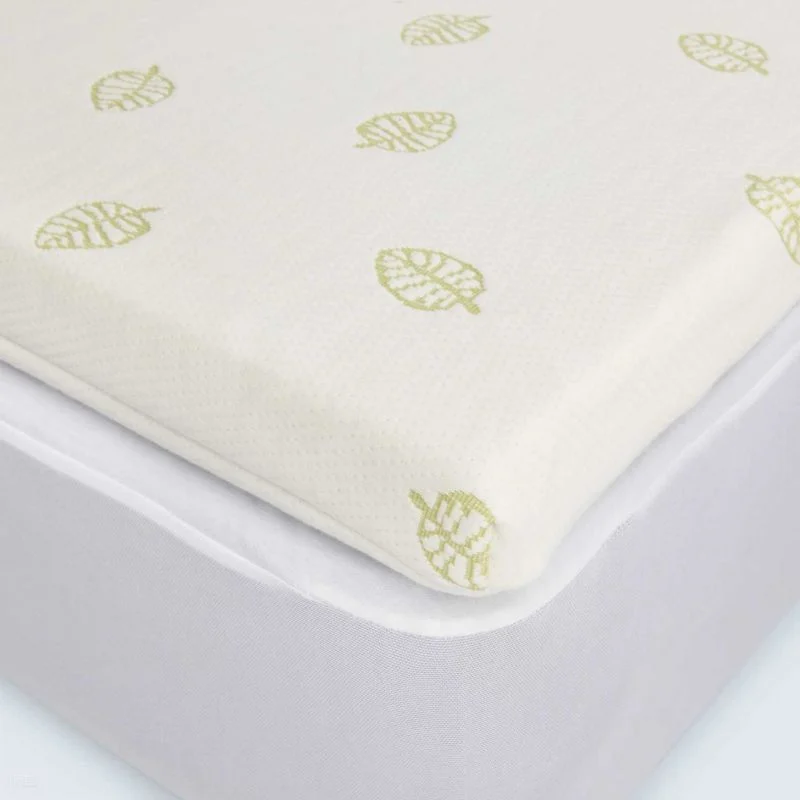
Understanding Latex Discoloration
Natural Aging Process
Latex will naturally discolour over time. However, it's crucial to note that this aging process does not affect its longevity or performance. To preserve the elastic integrity of latex products, avoid exposing them to direct sunlight, as the sun's rays can impact their lifespan.
A Caution for Latex Allergy Sufferers
Stay Clear of Latex-Derived Products
While latex offers numerous benefits, it's essential to mention a word of caution to individuals with latex allergies. Latex allergies can lead to various adverse reactions, ranging from skin irritation to severe allergic responses. If you have a known latex allergy, it's advisable to steer clear of latex-derived products to prevent potential health issues.
Latex rubber represents a remarkable eco-friendly and sustainable material with exceptional qualities. Whether you're exploring Naturelle Latex Pillows, Naturelle Mattress Toppers, or Naturelle Children's Pillows, you can rest assured that you're experiencing the comfort and support of a material that has stood the test of time.
Even though latex (and memory foam) both contain anti-bacterial properties to discourage dust mites etc., it is always wise to air the mattress on a dry warm day with some direct sunlight, but not too much. Humid environments are not terribly good (they encourage allergens no matter what material the product is made from), so pick a day that is low humidity.
 0
0 0
0Of course, every few months. Like everything that is used a lot, there will be minimal breakdown in the cellular structure of latex, and same for memory foam, but it will be minimal. But do turn it over, and do turn it around. That way you will get untold years of comfort and support
 0
0 0
0Many. A good latex mattress will align the spine which ensures a more restful sleep. And by encouraging better posture through the night it will also be helpful in promoting clearer breathing in that the windpipe is better aligned with the spine and this means a greater volume of air entering your lungs. So this should help minimise light snoring. Good posture through the night is the key to clearer breathing, snore minimisation, and a better back.
 0
0 0
0
